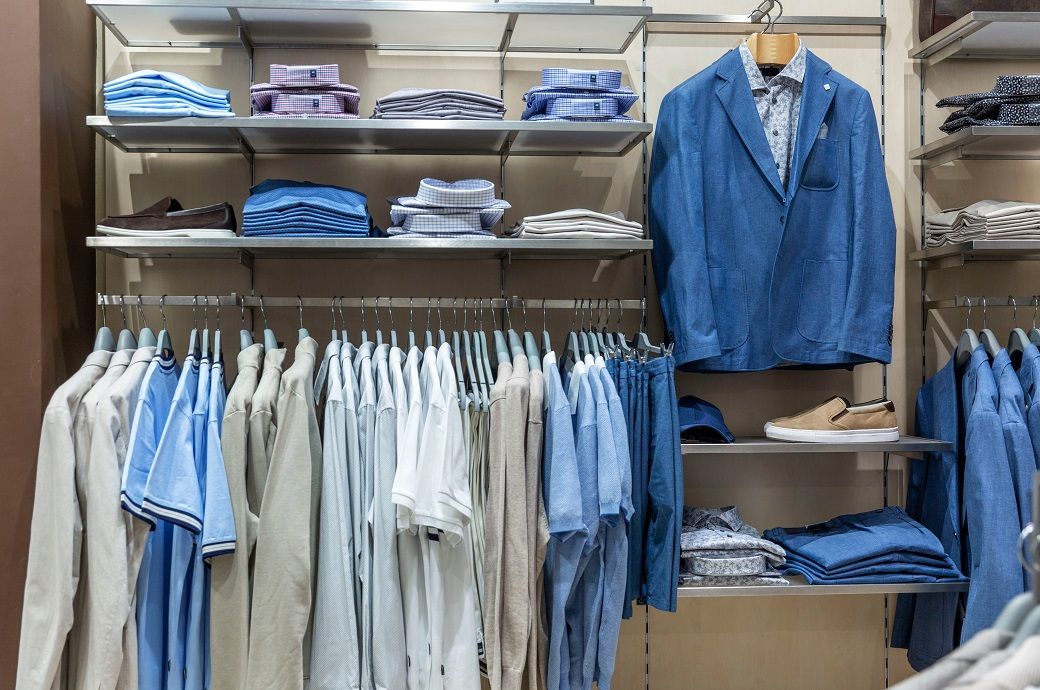
Rahul Mehta, Chief Mentor, The Clothing Manufacturers Association of India (CMAI) told Fibre2Fashion, “US (reciprocal) tariffs will be a huge opportunity for the Indian apparel industry. We have always been pointing to the 10-12 per cent duty relief for Bangladesh in the EU markets as an important reason for that country to race ahead of us in the EU market. Now, we will have the same advantage, if not more, in the US market.”
“I also believe there will be challenges. Countries like Bangladesh and Vietnam will focus even more on countries other than the US, EU, UK, Australia etc, which will increase competition for us. These countries will now start looking at the Indian domestic market even more seriously, increasing the competition even for our domestic players,” said Mehta. He further said that all the tariff led advantages will only bear fruit “if we build the necessary infrastructure in terms of size and scale, only if we are able to provide the product-basket required by the US market and improve our compliance level to the standards required. If not, Indian textile industry will once again miss the ‘Bus of Opportunity’ provided to us.”
Rajeev Gupta, Joint Managing Director, RSWM Ltd said, “The recently announced 26 per cent reciprocal tariff by the US on Indian imports presents both challenges and opportunities for the Indian textile industry. The US remains India’s largest textile export destination, accounting for nearly 28 per cent of our total textile exports in 2023-24. While the tariff will increase costs for Indian exporters, our relative advantage over competitors like China (34%+20%), Vietnam (46%), and Bangladesh (37%) could create new market opportunities.”
“As this tariff shift takes effect, manufacturers must focus on increasing efficiency, optimising supply chains, and enhancing value addition to maintain competitiveness. With strategic adaptation, India’s textile sector can leverage its cost advantages, integrated production ecosystem, and focus on high-value offerings to maintain a strong foothold in the US market despite evolving trade policies,” Gupta added.
Sammir Dattani, Director of Sanathan Textiles Limited, said, “The recent tariff restructuring by the US administration presents a unique opportunity for the Indian textile industry. At Sanathan Textiles, we view this development as a potential catalyst for growth.”
What is crucial to understand is the relativity; India faces 26 per cent tariffs compared to China’s 54 per cent, Vietnam’s 46 per cent, Bangladesh’s 37 per cent, and Thailand’s 36 per cent. In relative terms, India is least affected among major textile exporters. “This competitive edge positions Indian manufacturers to potentially capture a larger market share globally. At Sanathan Textiles, we are optimistic about favourable trade negotiations that could further enhance our industry’s competitiveness. While we are prepared to leverage this opportunity by enhancing our production capabilities, we are taking a measured approach. It is wait and watch for us till the dust settles down, but we remain committed to maintaining our quality standards as this trade landscape evolves,” he said.
Raja M Shanmugham, former President, Tiruppur Exporters Association (TEA) commented, “For India, it (the imposition of reciprocal tariffs) would be comparatively advantageous because our main competitors—Bangladesh, Vietnam, and China—are all much more affected. But we also need to wait and see how the consumption pattern is going to change in the US because there may be a lot of job losses, along with increase in commodity prices, which need to be watched.”
ALCHEMPro News Desk (KUL)
Receive daily prices and market insights straight to your inbox. Subscribe to AlchemPro Weekly!